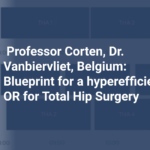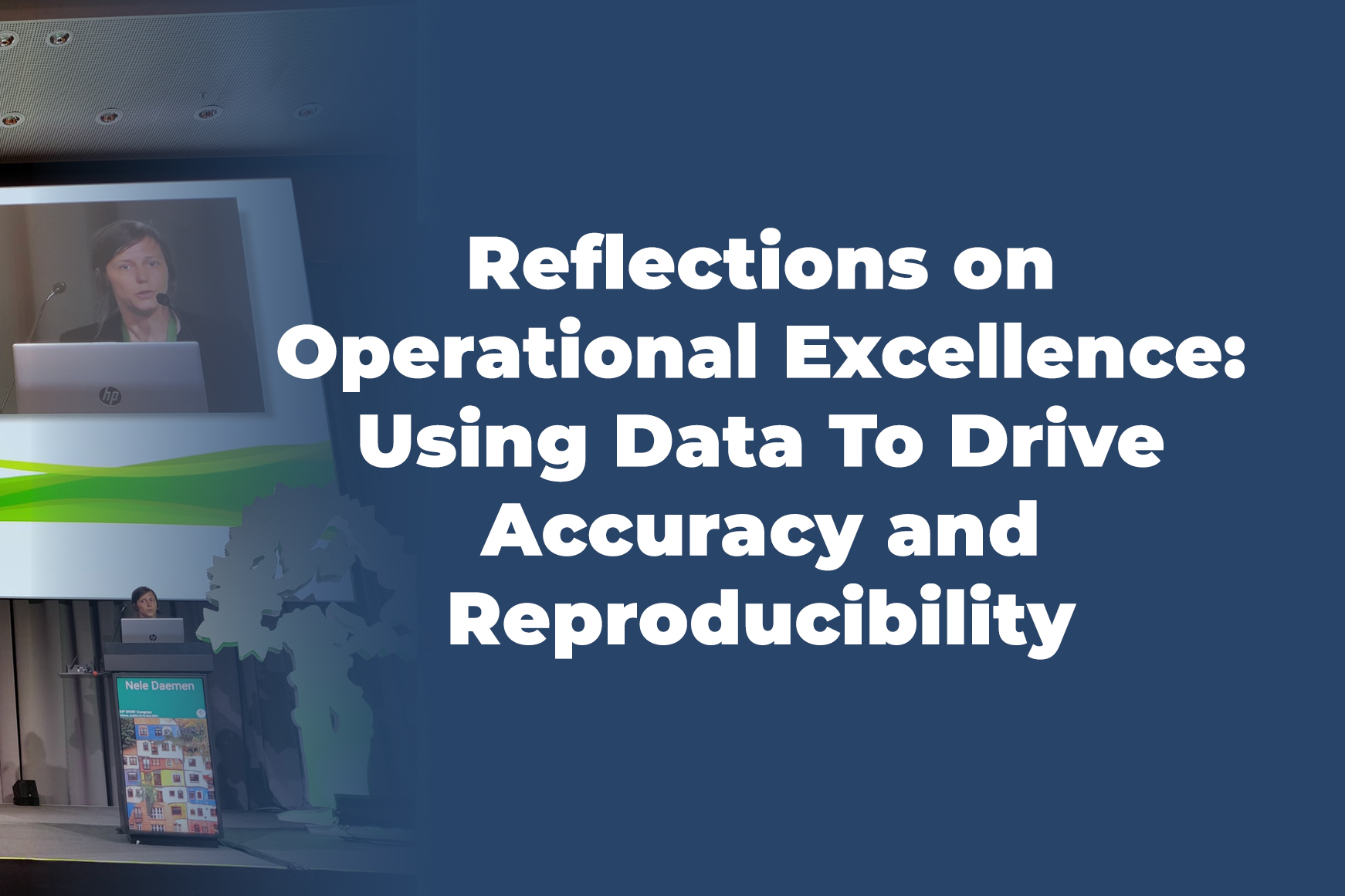Value-based Care: Future Potential, Impacts, and Opportunities
Worldwide, health expenditures are on the rise, according to data from The World Bank. Between 2019 – 2022, expenditures in the United States rose 17.5%, and, in 2023, challenges persist, due in part to existential factors like the COVID-19 pandemic. The U.S. continues to spend more on healthcare than other nations, but health outcomes have not improved. This is particularly concerning as the healthcare industry is already facing unprecedented financial challenges.
Now, hospitals and ASCs across the globe are considering alternative care models to replace common care delivery models, such as fee-for-service.
One such model that could make healthcare financially sustainable is value-based care, which was first introduced by Professor Micheal E. Porter in 2006. This model has long been the aim of leading and respected healthcare systems like Kaiser Permanente, Mayo Clinic, and Cleveland Clinic, and it has the potential to lead healthcare transformation.
Even though transformation is long overdue, investments in value-based care already quadrupled during the pandemic and are only expected to accelerate, suggesting that it is only a matter of time for value-based care to become the norm in healthcare systems across the world.
What is Value-based Care?
Value-based care aims to deliver high-quality and affordable care for both patients and hospitals. The main principle defines value as quality (outcomes and patient experience) divided by cost (direct and indirect), as shown below.

Figure 1: Value-based care
The value-based care model is designed to proactively manage hospital processes and systems to lower the cost of care, while improving patient outcomes. It could solve the urgent need to address escalating patient demands on the healthcare system – for example, a rise in chronic disease and autoimmune disease, the mental health crisis, and the aging population – and in turn, positively impact hospitals’ bottom lines by better managing costs.
While the model has existed for nearly 20 years, it is not yet commonly used in healthcare, and therefore considered to be an emerging model of care that could transform the industry at a time when doing so is urgent – and imperative.
Gap in Available Tools to Support Value-based Care
It is widely known that hospitals tend to track quality of care and patient outcomes, but struggle with measuring costs per case and managing costs overall because they are accustomed to traditional accounting methods. Hospitals do not have a technology solution to mine and use data, including financial data like cost per case, to inform business decisions and support implementation of changes that support value-based care.
In fact, Professor Porter specifically points to six key concepts that are crucial to support a value-based care model, one of which is information technology. He also acknowledged that current technology solutions “fall well short of what is needed to truly support value-based care.” He noted specific improvements to current information technology that would better support the care model, including allowing for “easy extraction of outcome measures, process measures, and activity-based costing measures.”
Having a technology solution to support value-based healthcare specific to the OR is essential, particularly because ORs represent 33% of total hospital costs. This is why DEO.care developed the world’s first and only AI-backed, data and insights platform for OR processes – the process digital twin.
How DEO.care Supports Value-based Care
The process digital twin simulates OR processes, identifies solutions to optimize performance, simulates changes, and helps make a business case for recommended changes before implementation. Additionally, our platform provides a simple way for hospitals to calculate costs in the OR, and then manage them to drive higher profits – a method originally introduced by Professor Robert S. Kaplan and then reinforced by Professor Porter (among others), called time-driven, activity-based costing.
By design, it enables healthcare providers to quantify operational excellence, understand financial needs for individual surgeries, analyze their ability to effectively deliver a value-based care model, and achieve the full quadruple aim.
By capturing and analyzing accurate process data, DEO.care offers a virtual simulation duplicating the layout, procedures, team, and overall environment of a specific operating room. Paired with our proprietary database of proven best practices from ORs worldwide, we pinpoint areas for improvement and craft a plan customized to the OR’s unique landscape.
Our solution minimizes disruption to current workflow because it provides a fast, nonintrusive way in which to gather data and insights and then simulates changes before real-life implementation, avoiding costly trial and error. We facilitate the seamless leveraging of best practices within any hospital department or group member, as well as a collaborative environment where excellence can be shared and multiplied across the larger hospital or group.
Case Study
For example, DEO.care worked with Prof. dr. Kristoff Corten, orthopedic surgeon at Ziekenhuis Oost-Limburg (ZOL) to support value-based care for direct anterior approach total hip replacement surgery. DEO.care’s platform used measurements from more than 200 surgeries in Prof. Corten’s OR to perform an activity-based cost analysis to identify cost saving opportunities that would benefit the entire hospital and larger healthcare community, as well as build a business case for change implementation. We were able to immediately show the financial impact by simulating the recommended changes.
After working with DEO.care, Prof. Corten could clearly see the power of OR efficiency’s impact on better patient outcomes, as well as the cost benefits, including lower costs per joint made possible by results, such as increasing his OR throughput (from 6 to 9 patients per day) and reducing instrument tray usage (from 10 to 3 trays).
“People are not always receptive to the idea of efficiency because there is a tendency to assume that efficiency is equivalent to cost reduction, which doesn’t align with high quality of care. But it’s quite the opposite. Everything starts with the reduction of process variables to improve the ergonomics and improve the performance of the team. Ultimately, this leads to a reduction of adverse outcomes and an improvement of quality of care. This is the ultimate example of value-based care.” – Prof. Corten says.
Work with DEO.care to Support Value-based Care
DEO.care offers the only technology solution – process digital twin – that addresses the full quadruple aim without compromises, ensuring operational excellence.
Our platform supports actions and implementation of improvements meant to optimize value-based care. It can support the change management process when hospitals transition to value-based care models.
Do you want to know how we can help you get started? Schedule a 15-minute intro call. No strings attached.






